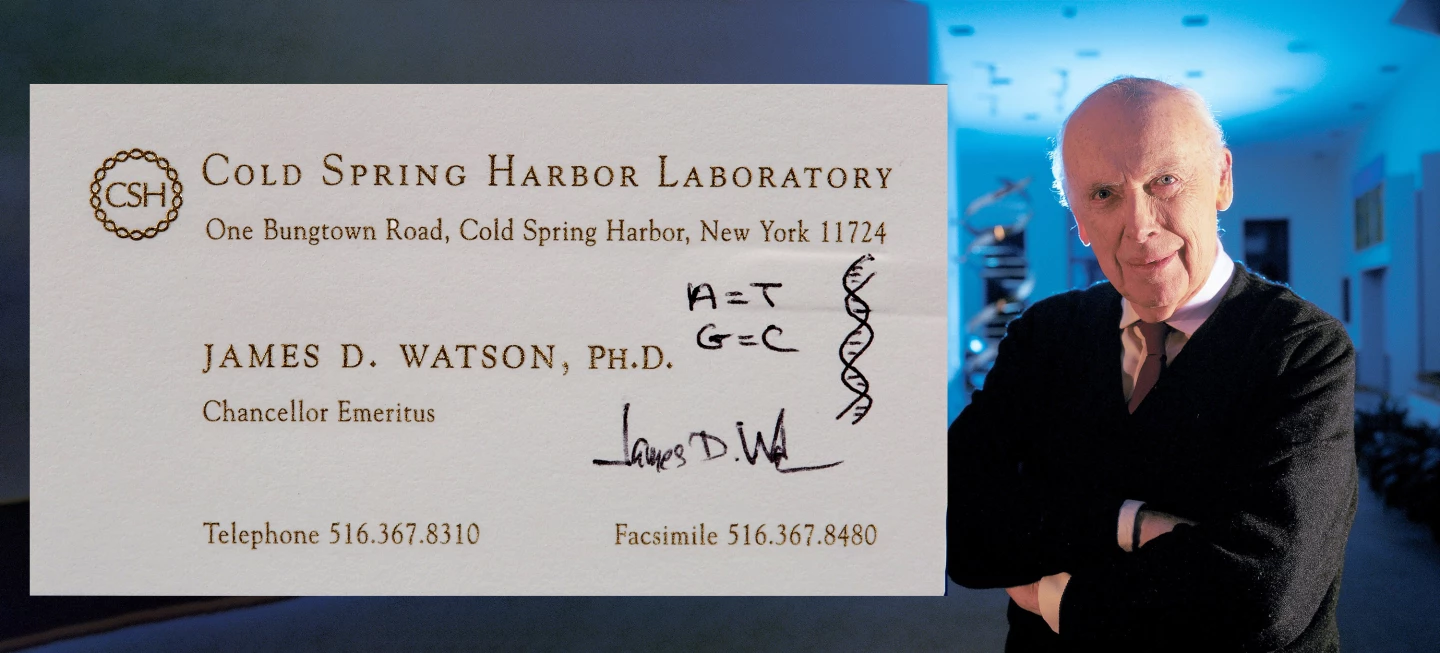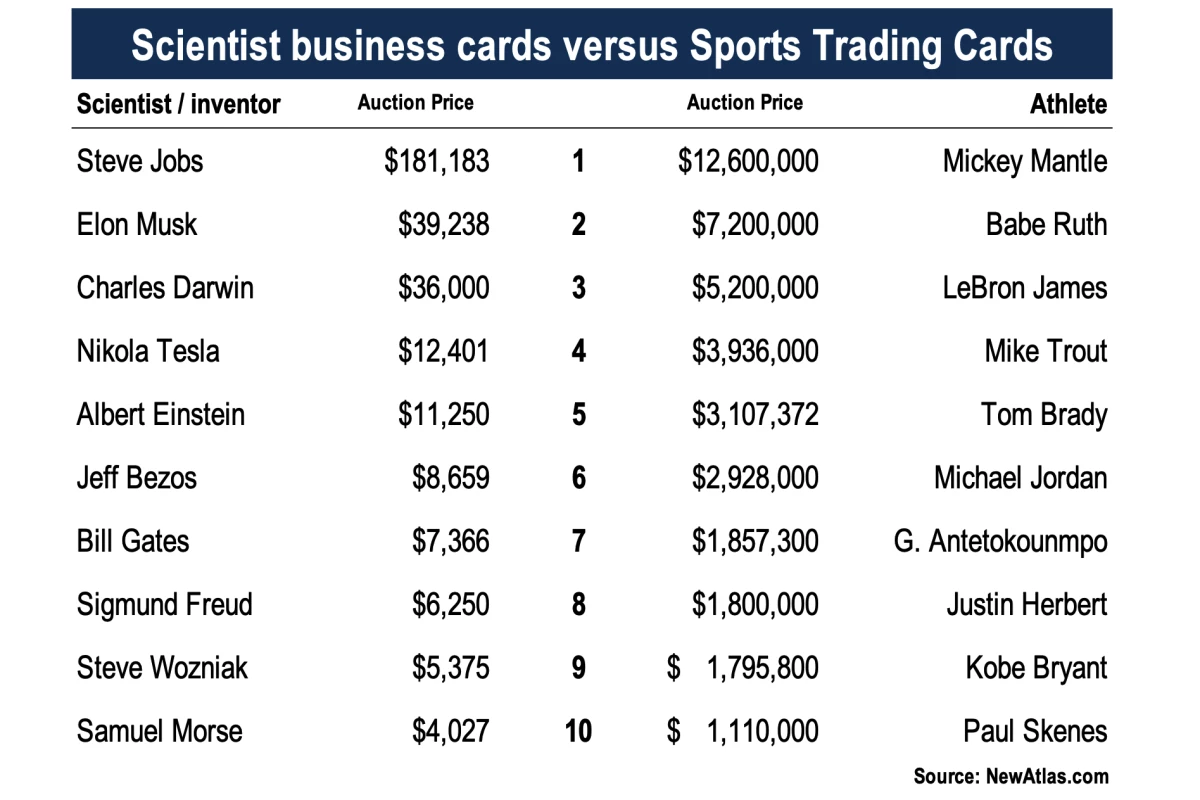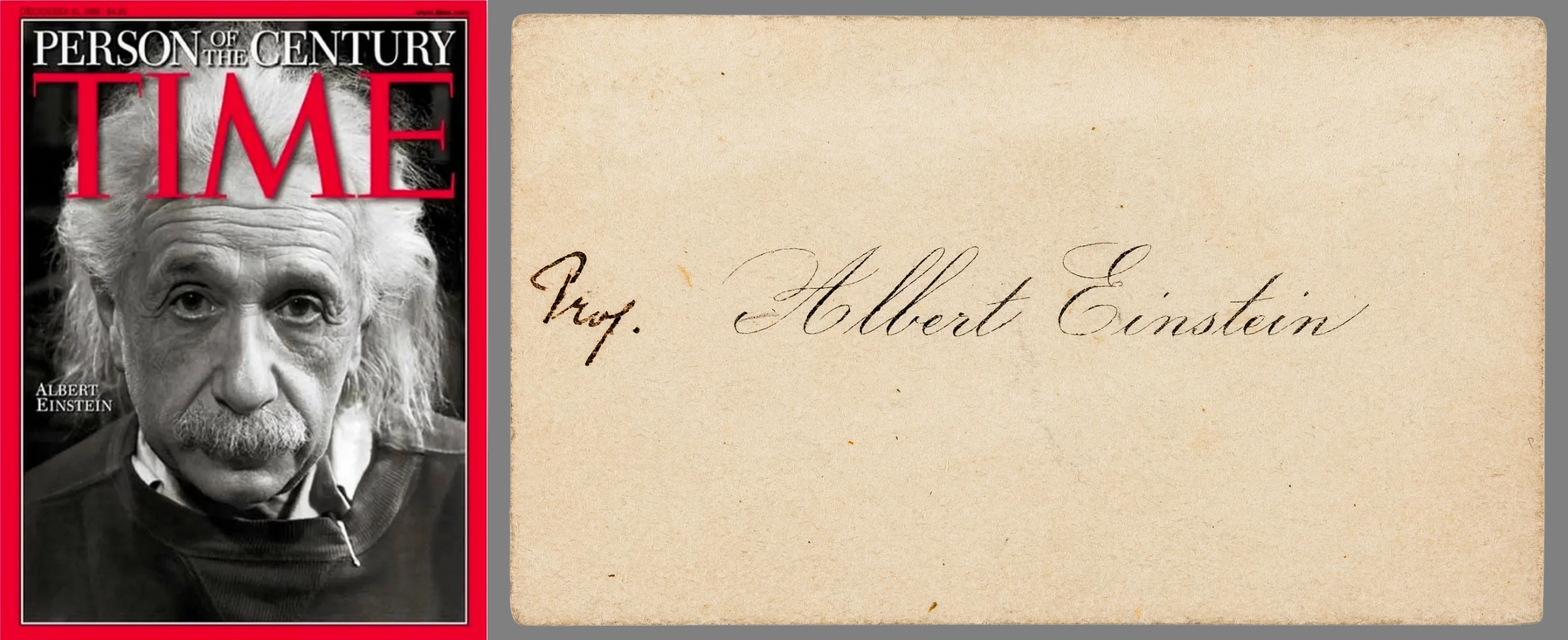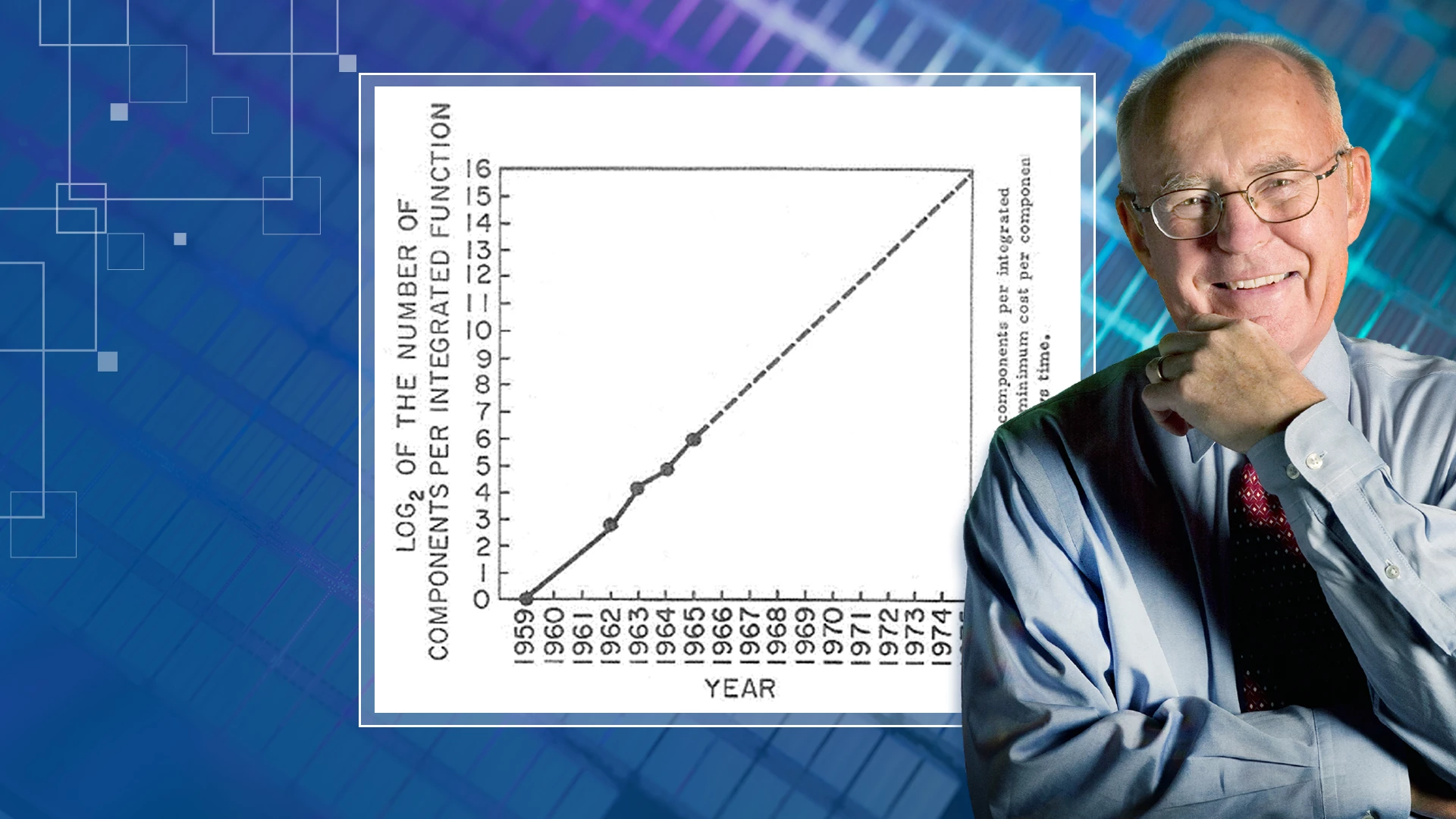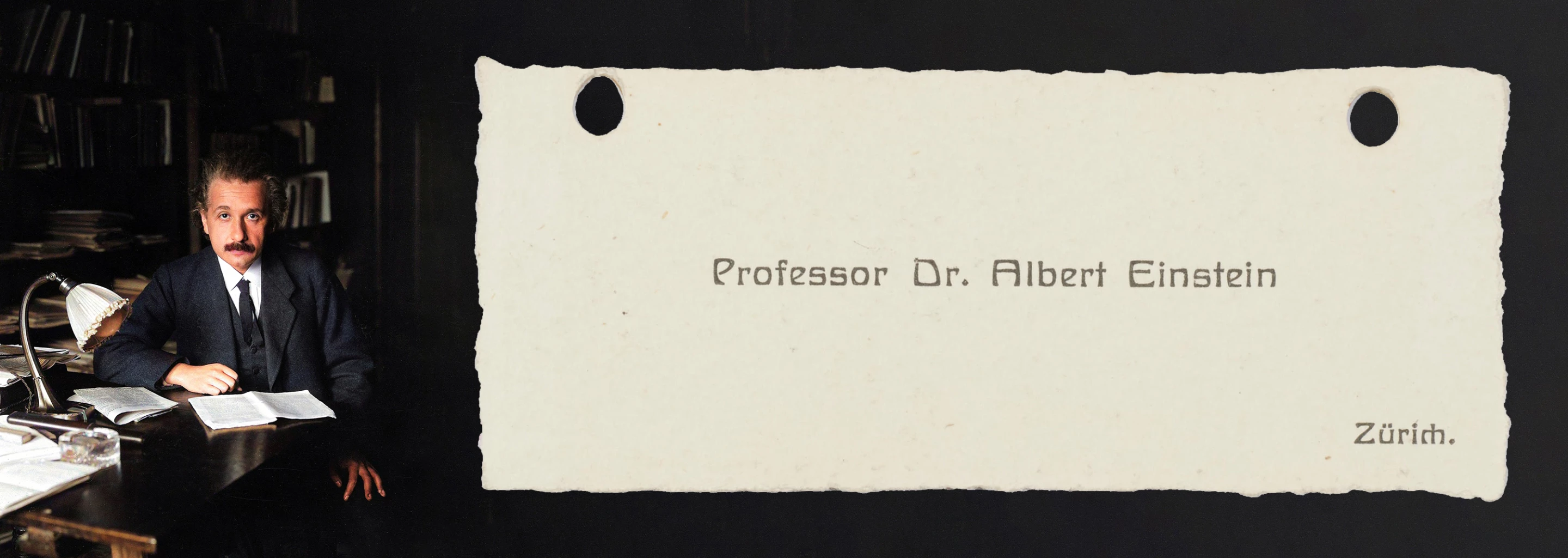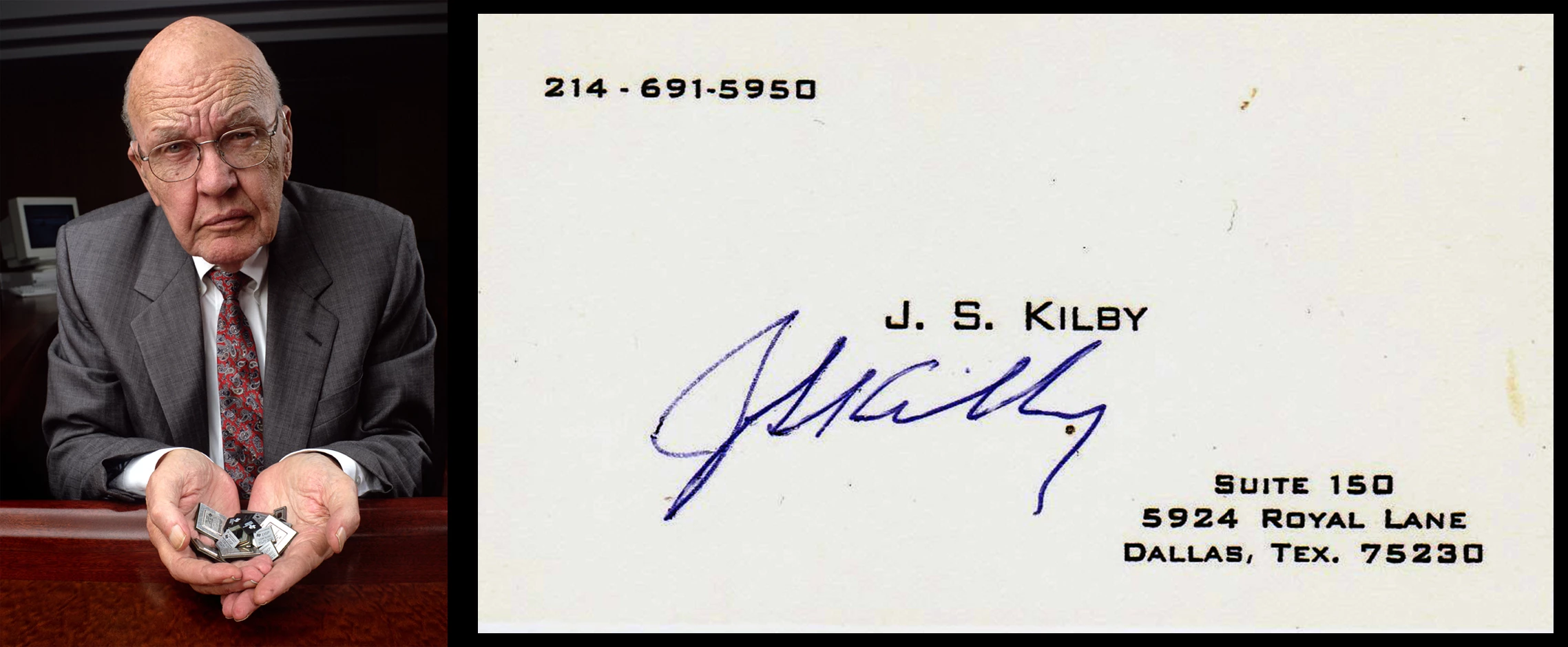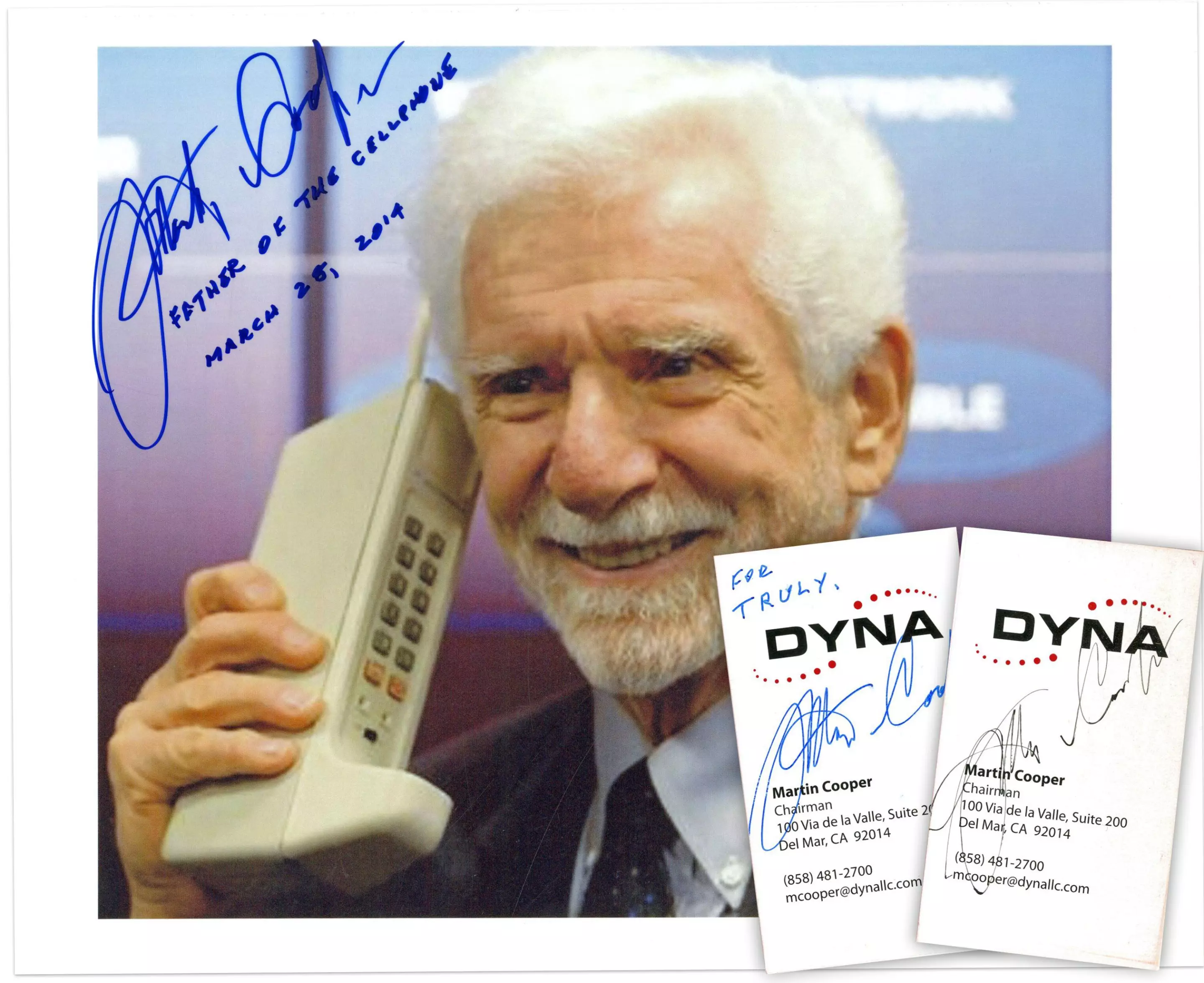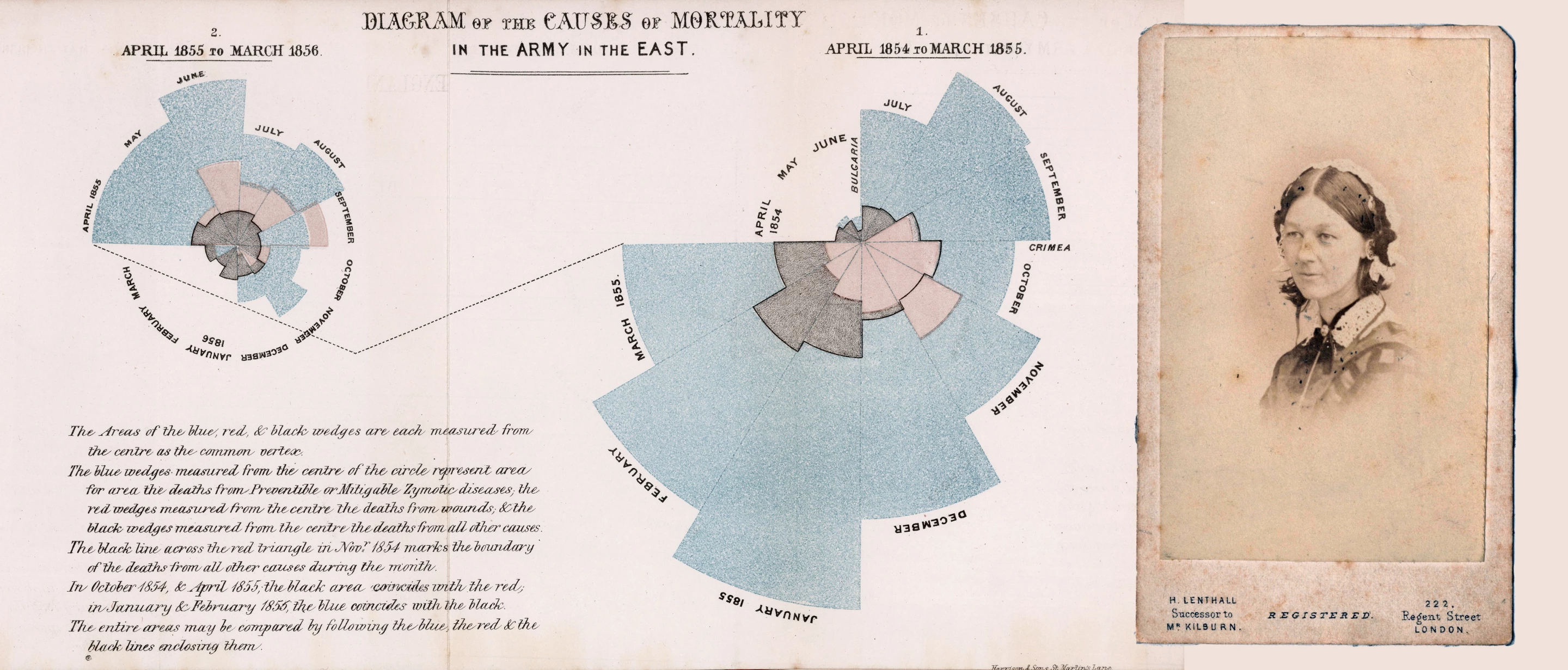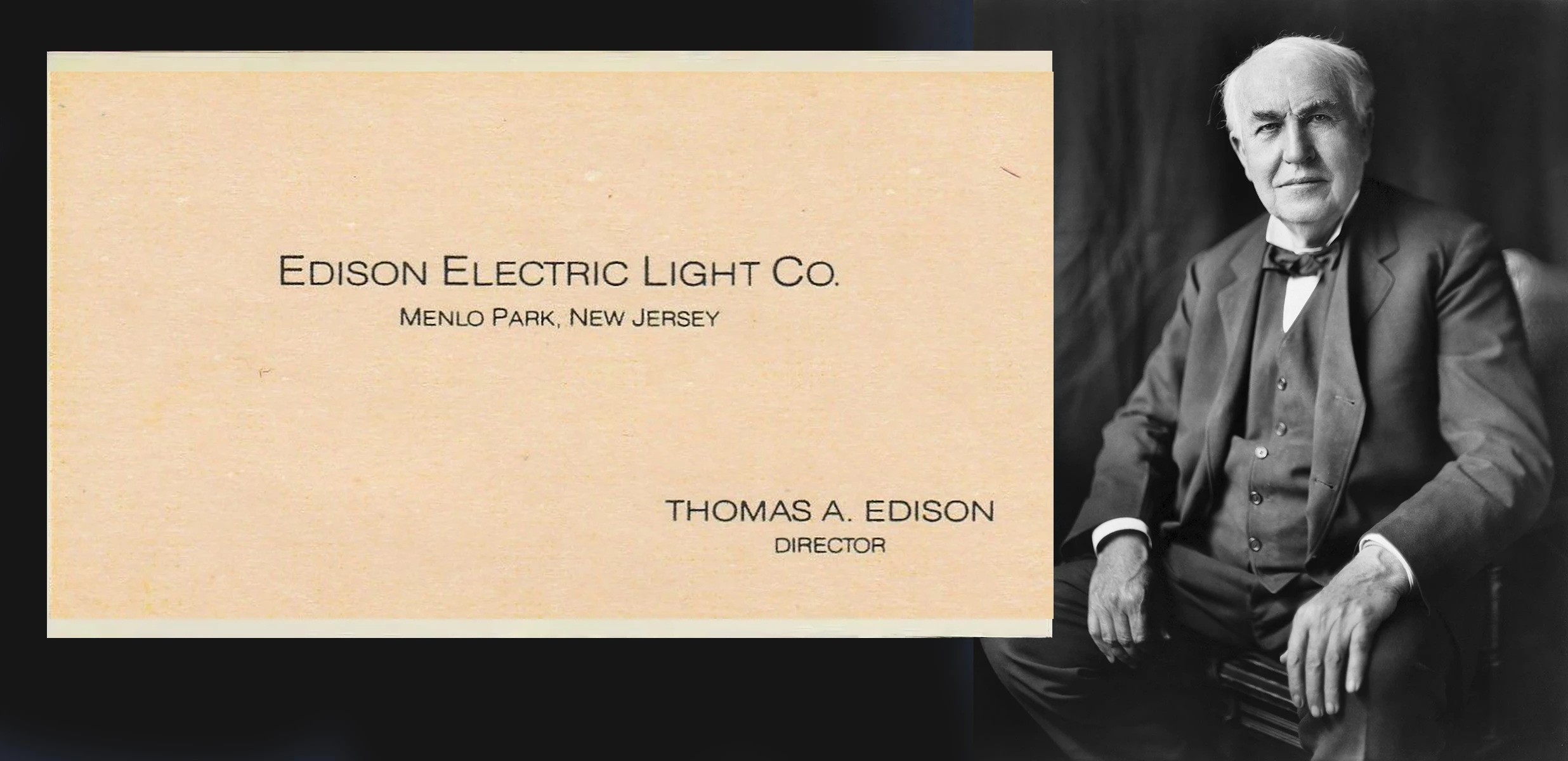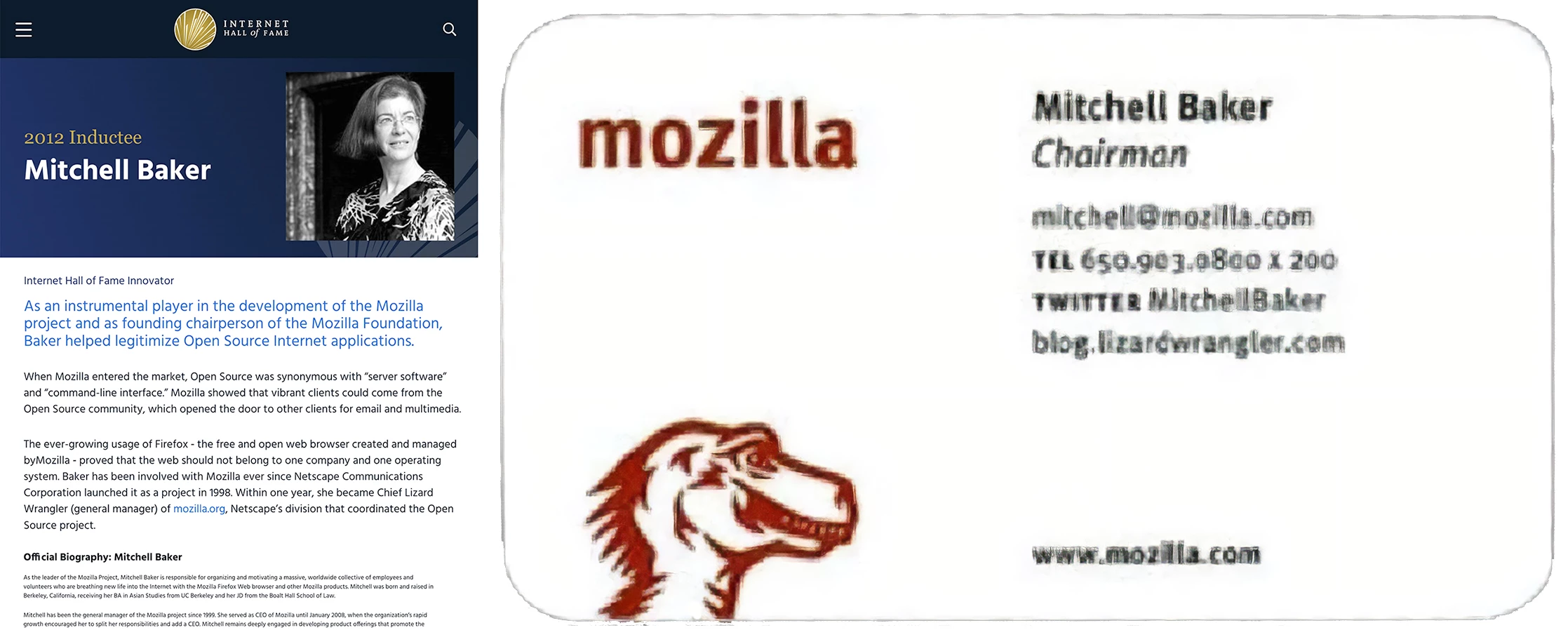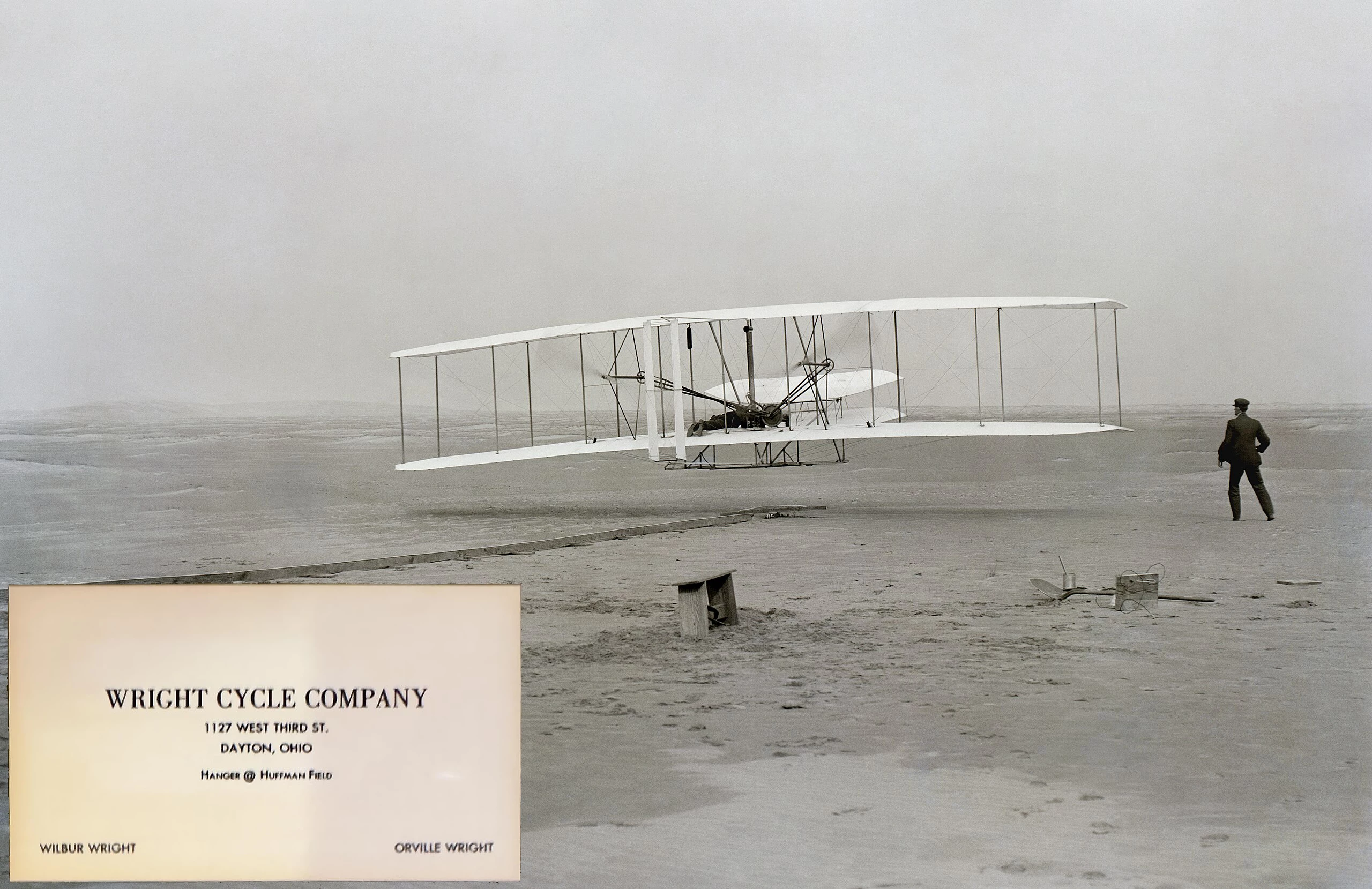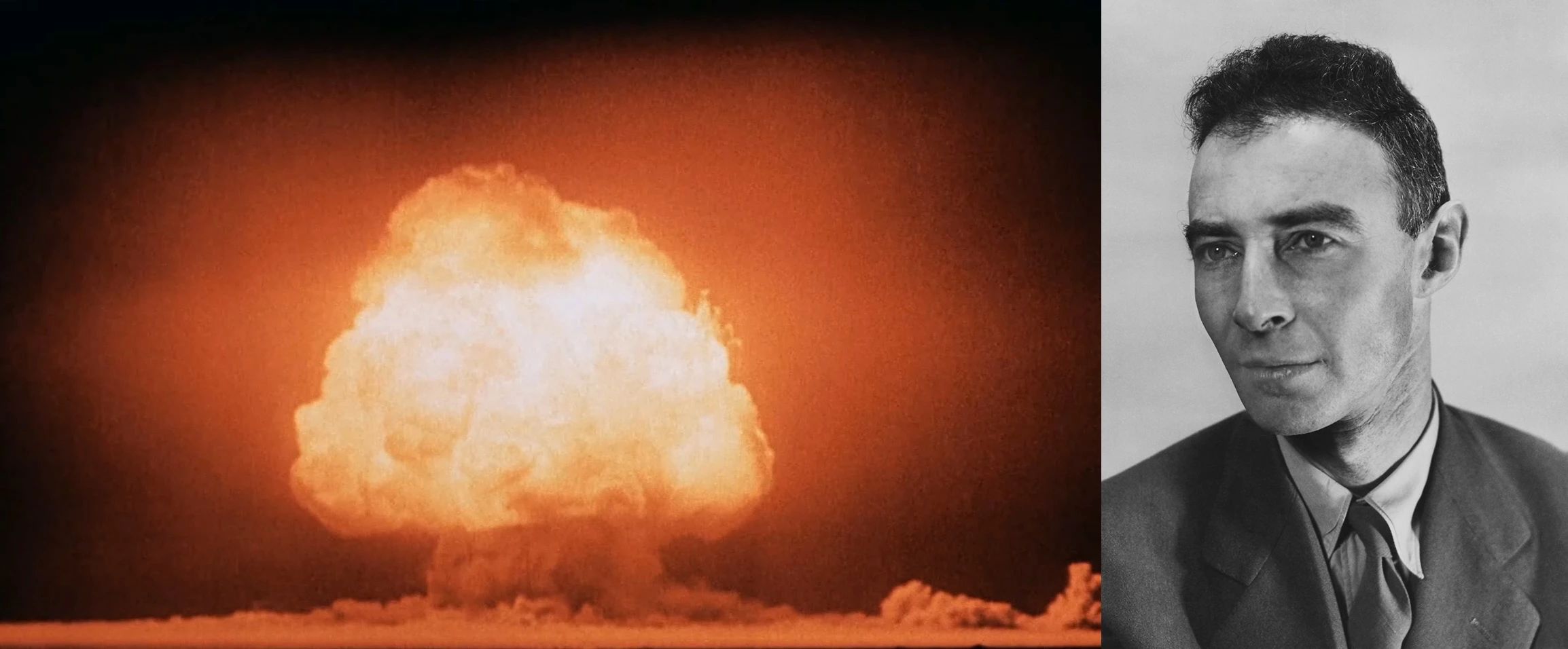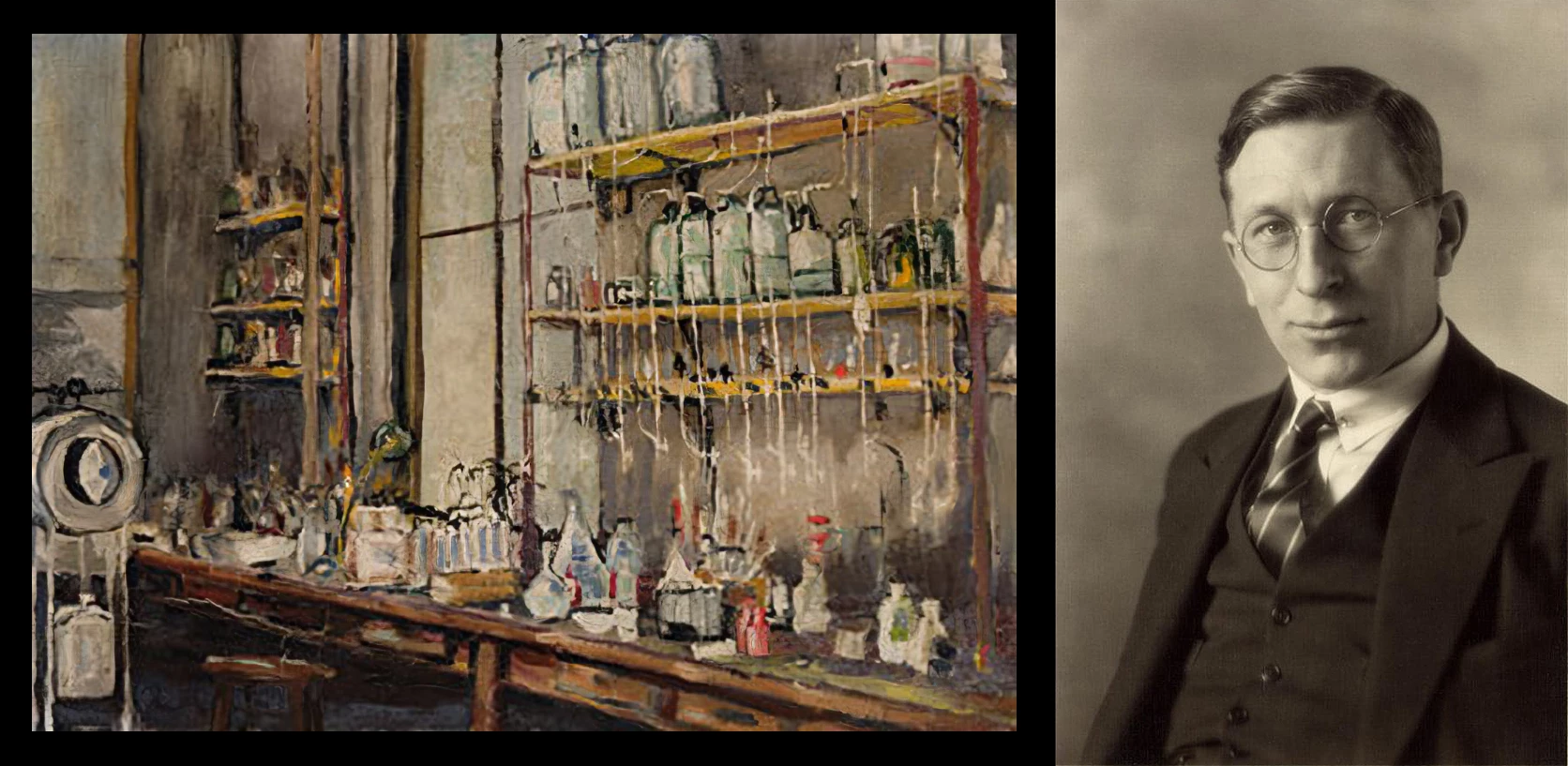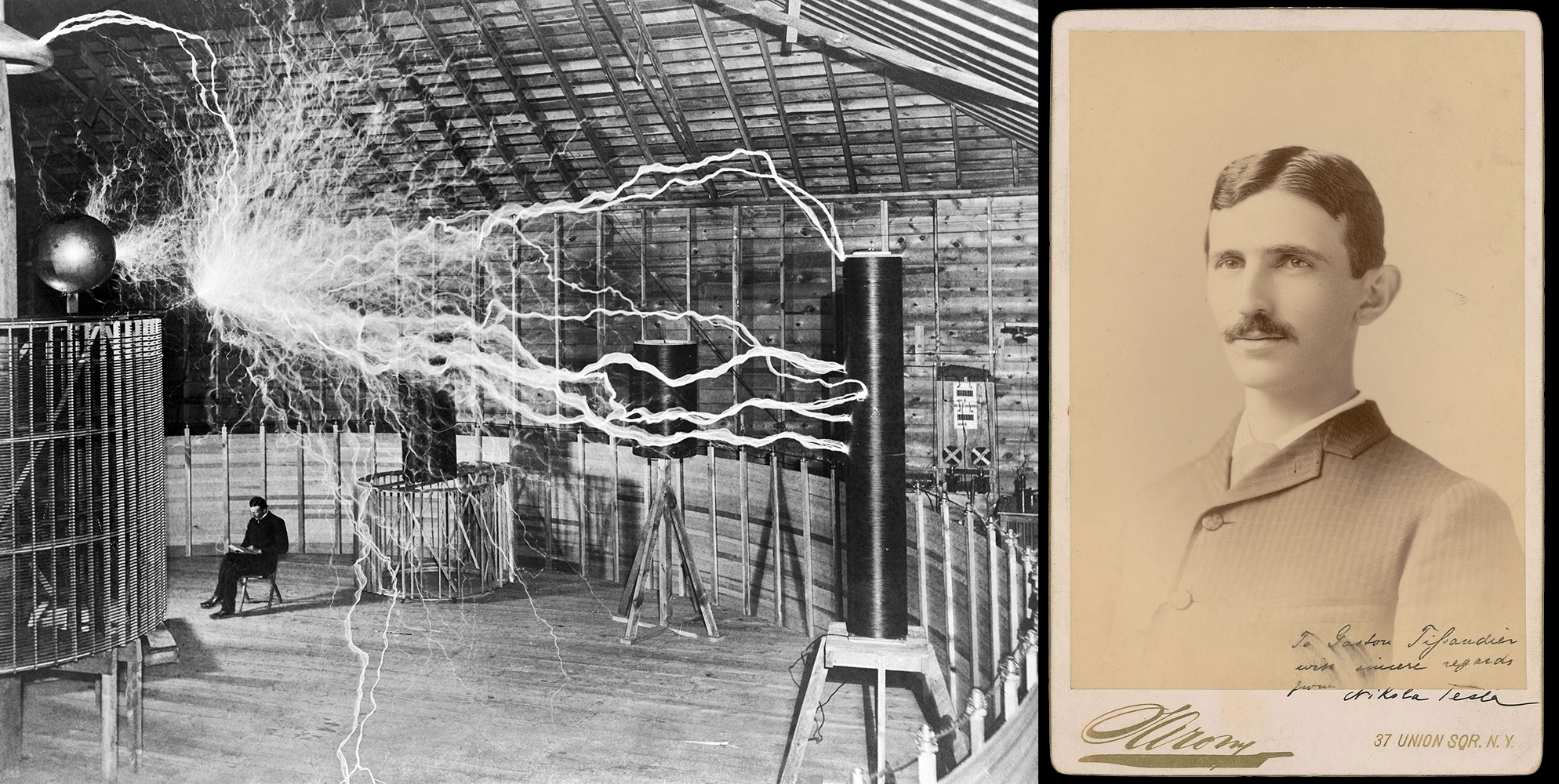The recent auction prices paid for the business cards of Steve Jobs ($181,183, $103,750, $45,426, $15,344, $13,289, $12,905, $12,080, $11,898 and $10,050), Elon Musk ($39,238, $12,905 and $12,811) and Jeff Bezos ($8,659) raise some fascinating questions about the long-term value of all the business cards that have sold before ... and an Albert Einstein business card currently being auctioned by Remarkable Rarities and due to close on June 11.
Those recent prices have recalibrated the marketplace at the same time as creating a new collectibles genre unlike anything prior: a reality memorabilia marketplace in which many of the major players are still alive. That is, in a world ruled by the laws of supply and demand, supply is not yet fixed. Investors normally like to know whether they are investing in a one-of-one, one-of-10 or one-of-10,000.
On top of that, by reducing a collectible to a lowest common denominator (a piece of cardboard and a name), the value of a business card at auction is essentially based on the strength of that individual’s personal brand … and as the personal brands of individuals related to current events fade with time, there appears to be a recalibration looming and it's an ideal time to look at the characteristics for good long-term investments.
Here’s a list of the top 10 scientists and technologist business cards to have sold at auction, with each individual represented by their highest priced card.
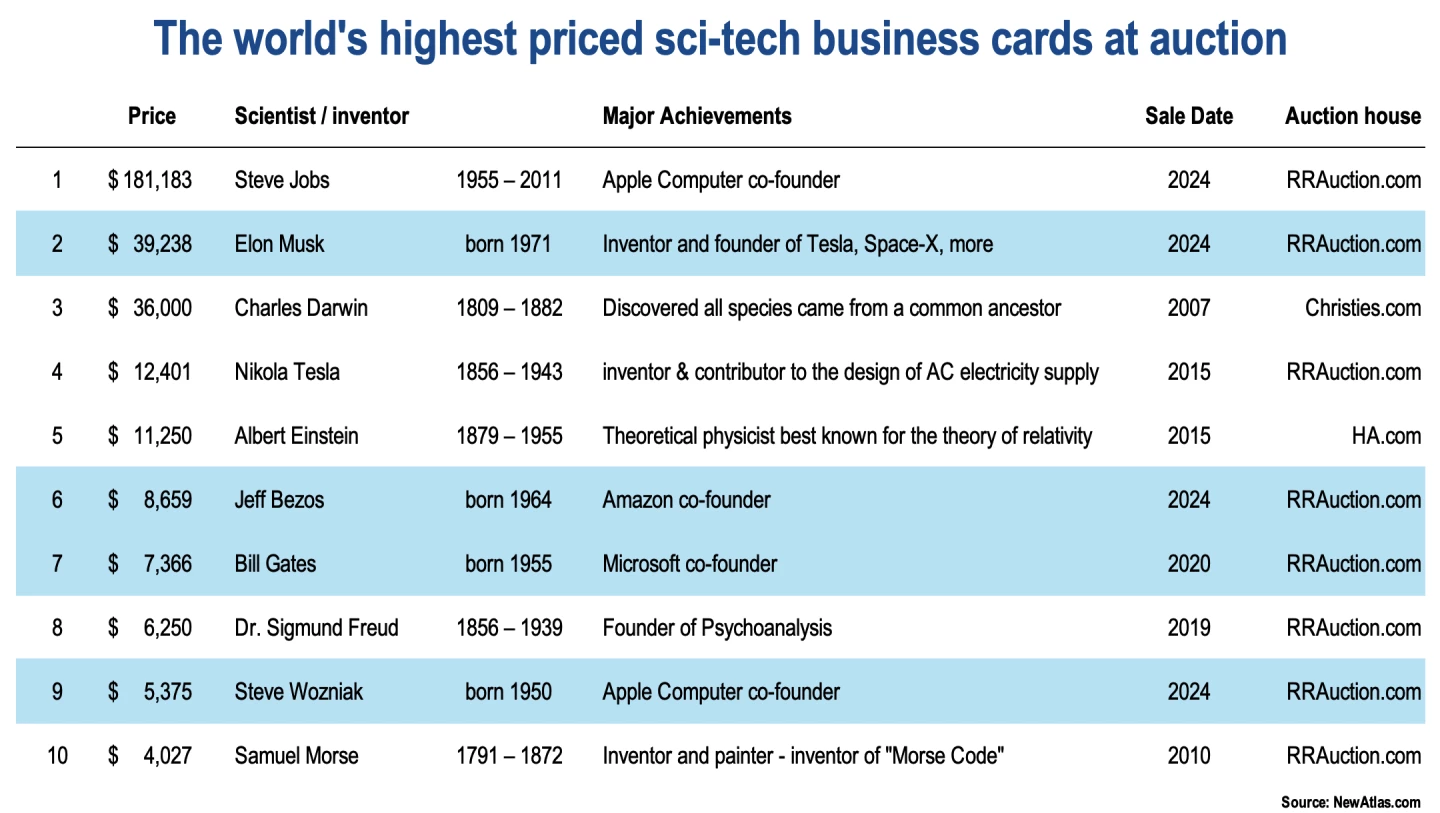
Viewed on an individual basis, it's clear that the market does not have much depth as yet. We think that when historical perspective sets in, there will be a lot more $100,000 business cards from scientists and inventors. This may seem implausible given the depth of the highest prices paid to date, but it’s all about perspective. Different tribal groups (e.g. art patrons, movie buffs, music aficionados) have different perceptions of value and when an object falls into two different auction genres, there is often a contrasting perspective on its perceived value.
If you think $181,000 is a lot of money for a piece of cardboard, check out the prices paid for sports cards, nearly all of them paid since the COVID-19 pandemic.

The business card marketplace was reframed by COVID-19 but not nearly as much as the sports card marketplace. If you wish to get a sense of how big the upheaval was, our summary of the 2021 auction year offers detailed coverage of what happened in every auction genre as a consequence of the pandemic.
Some categories such as video games saw auction prices jump an order of magnitude inside a few months, with the already massive sports card marketplace growing substantially as "shelter in place" reconnected many successful entrepreneurs with their childhood pursuits.

With the internet now remotely connecting everyone with money to invest in their passion, new auction marketplaces are emerging because the geographically disparate individuals with the necessary knowledge and passion can be easily assembled online and the frictional losses are low for an internet auction with a known object.
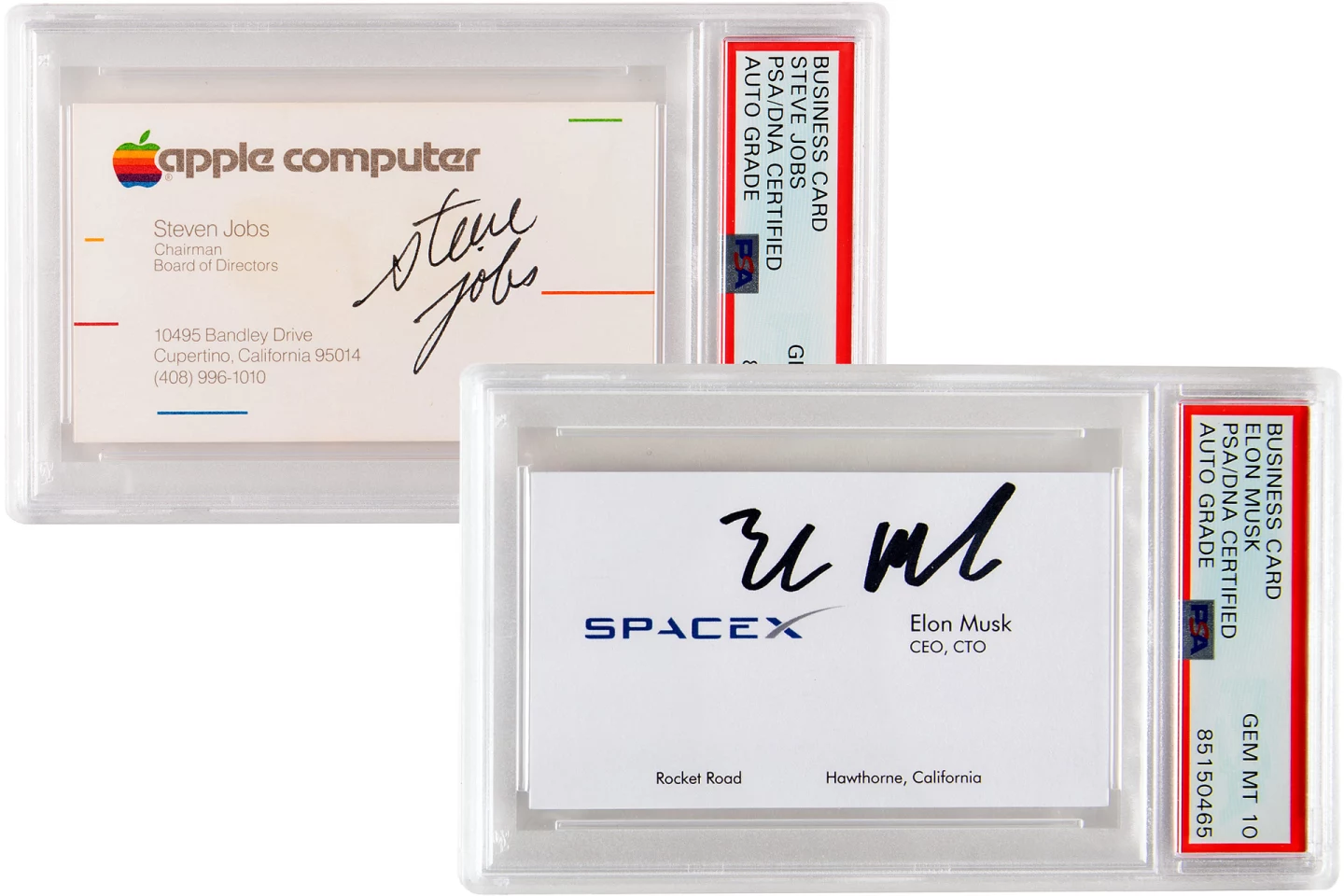
The authentication and sealing practices that commoditized the sports card marketplace are a natural fit to enable the business card marketplace to flourish. Once a card has been authenticated and sealed, it is an entirely known quantity.

The rise of sports card trading has turned some humble folk into High Net Worth Individuals based on their "investments of passion" but we figured that perhaps, the people who were collecting the business cards of entrepreneurs, heads of state, innovators and pioneers, were different.

RR Auction VP and Rainmaker Bobby Livingstone offered us some perspective on this. "If you wanted a stereotype of who is collecting the Jobs, Musk, Bezos, Gates and Wozniak business cards, it's a 40s to 50s very successful white male who appreciates what they've achieved and identifies with them.”
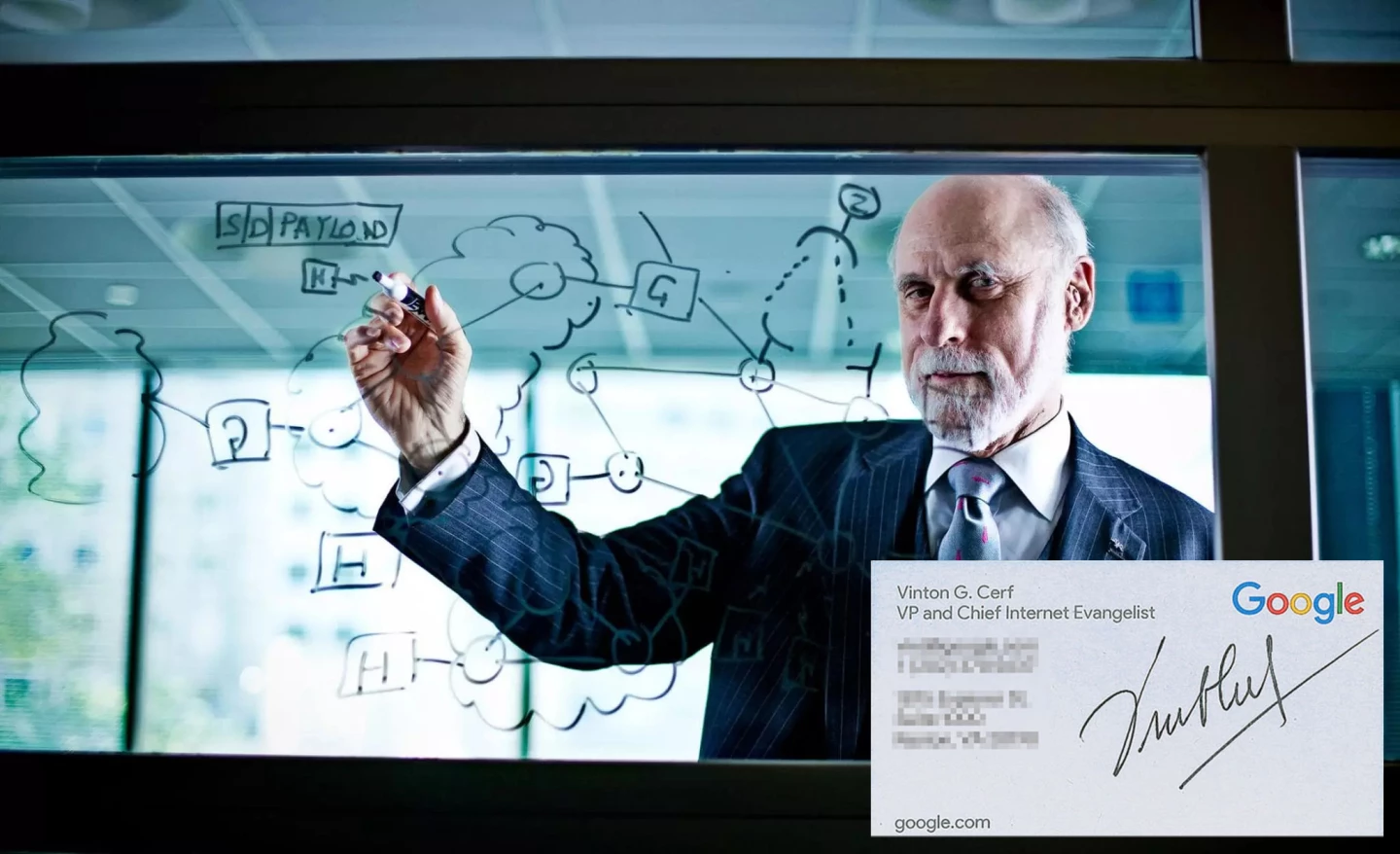
RR Auction sold all those cards and is leading the growth in the technology memorabilia auction marketplace.

So why is it that these markets are emerging so rapidly?
“I don't think you need that many people – say, maybe 20 to 30 participants - to make a market”, said Livingstone.

The era of the business card encompasses all scientific advancement since the industrial revolution. Almost all of our understanding of science has come in that time, and hence there are business cards out there that represent some important achievements and the individuals who made them.

The image gallery for this article contains images (and links to the auction sales) of the business cards of some significant contributors to human knowledge: Nikola Tesla, Louis Pasteur, Michael Faraday, Florence Nightingale, Alexander Graham Bell, Tim Berners Lee, Vinton Cerf, Lord Kelvin, Guglielmo Marconi, Niels Bohr, Wernher von Braun, Louis Lumière, Martin Cooper and Robert Kahn – and all of them sold for less than $1,000 at auction.
One day we believe they will sell for a LOT more. They represent an investment of a few thousand dollars now, that might some day pay for a great grandchild's education.
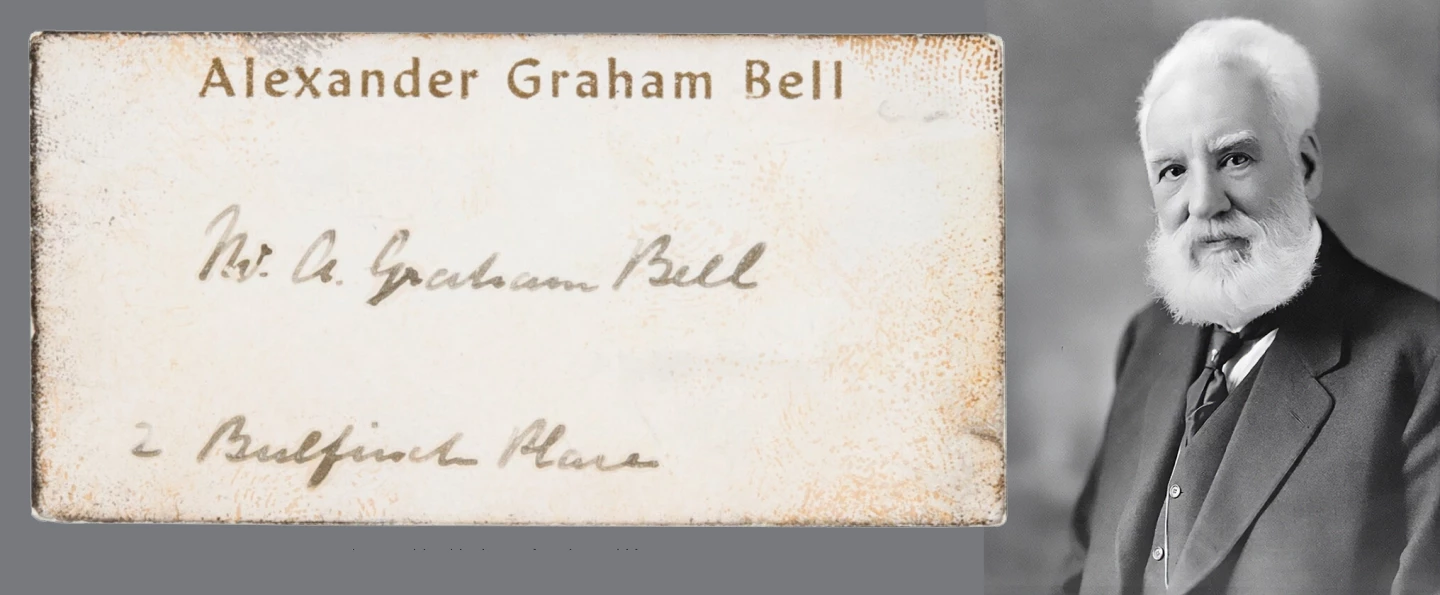
Conclusion
The recent Jobs/Musk/Bezos business card prices suggest that the 99% of the business card marketplace that has previously been to auction is now significantly undervalued, that there are many historical giants-in-waiting walking among us and that old pre-smartphone rolodex in the attic might one day be worth more than the entire house.
With regard to the letter and business card of Albert Einstein going to auction on June 12, in terms of historical gravitas, an Einstein business card was once the second-most valuable in history (there are a few in the image gallery) and we've been writing for 25 years about Einstein's "midas touch" on the auction block as being the equivalent of Marilyn Monroe, Eric Clapton, Steve McQueen and ... Steve Jobs. Until Jobs' memorabilia began spiking in value less than a decade ago, we regularly referred to Einstein as "science's rock star." Articles such as Einstein's violin fetches $516,500 at New York auction, Einstein paper heads for auction tonight – a bargain in the offing?, Einstein's (very cool) leather jacket heads to auction (it sold for $146,346), and Einstein stars in Christie's scientific books and memorabilia auctions demonstrate this phenom.
A 1954 Einstein letter penned at Princeton University to philosopher Eric Gutkind about religion, sold at auction for $404,147 in 2008, then again in 2012 fetching $3,000,000.
Regardless of the fortunes of Apple Computer over the next century, it's hard to believe that an Einstein card won't be worth more than a Steve Jobs card, and that's at $190,000 already.
The contribution to humanity of scientists and inventors can be reasonably expected to be reflected in their memorabilia prices when historical rigor mortis sets in and the technological evolution that enabled the sports card marketplace to flourish is directly transferable.

We think that the best long-term investments in this marketplace are those names that will stand up to the erosion of history from public consciousness. One day we think names like Thomas Edison, Max Planck, Philo T Farnsworth, Jack Kilby, Sir Arthur C. Clarke, Marie Curie, Dmitri Mendeleev and Jonas Salk will be far more revered and valued than someone with a wicked batting average or a string of championships. Those are the names that history and education will repeat to generations of children forever.
You can check the live bidding on Einstein’s card here – it seems like a gold chip investment compared with sports card prices and the greater authenticity of a personally-crafted card, not a gimmick to sell cigarettes and chewing gum.
